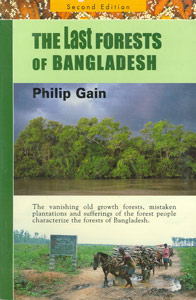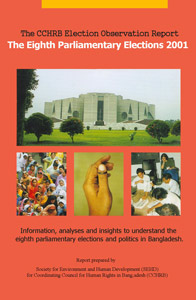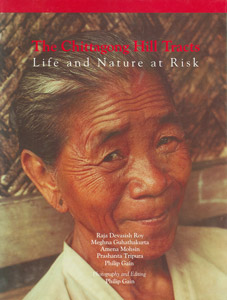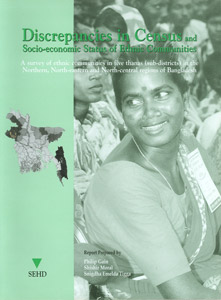
Bangladesh Environment: Facing the 21st Century
Reports, background and analysis on important environmental issues in Bangladesh.
2002 (2nd edition), English, 341 pages, Hardback – Tk.600 / US$20
BANGLADESH Environment: Facing the 21st Century is a citizen based country report on the state of Bangladesh’s environment. SEHD published the first edition in 1998 and the second edition in 2002.
The report, essentially a compound of crucial and critical information, expert analyses, critiques and field reports on major environmental issues of Bangladesh, makes an obvious attempt to provide a context to understand Bangladesh and its environment.
The book has more than 140 photographs, 29 maps and satellite images on major aspects of Bangladesh’s environment, uniquely presents the state of the country’s environment. Each section of the report is comprehensive and presents an issue in a unique style.
The areas covered in different sections of the report are: land, soil and landscape; river, water and wetlands; agriculture; forests; fisheries; wildlife biodiversity and its resource potential; genetic resources; energy resources; industrialization and industrial pollution; air pollution; disasters: issues and responses; arsenic contamination; jute and polythene; health; habitat; environmental laws in Bangladesh; selected environmental issues; and citizens’ responses to environmental issues.
Publication Details
Published: 2002 (2nd edition)
Language: English
Hardback: 341 pages
Editor: Philip Gain
Price: Tk.600 US$20




